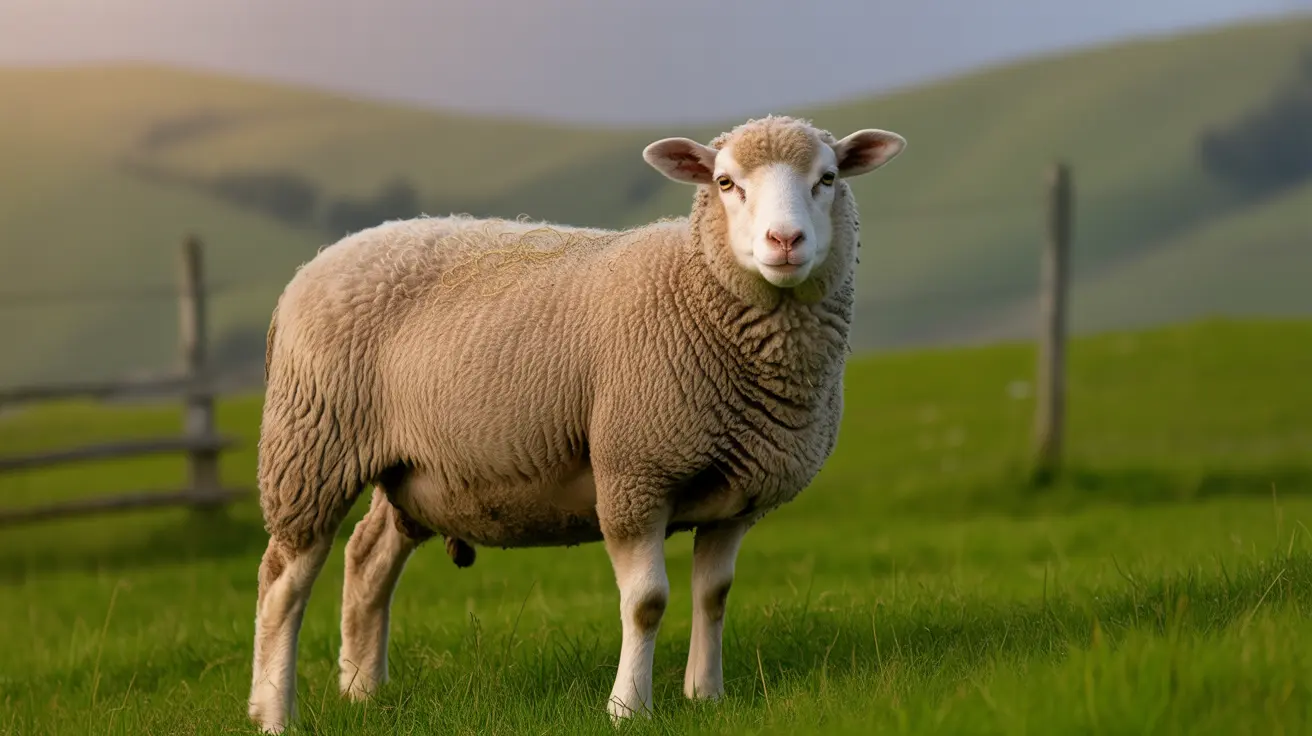Can Dogs Eat Fried Rice? What You Need to Know
If you're tempted to share your takeout or homemade fried rice with your dog, it's worth pausing to consider what's actually in that bowl. While plain cooked rice is a common ingredient in many commercial dog foods and is often recommended by veterinarians for dogs with digestive upset, fried rice is a different story.
Why Plain Rice Is Safe for Dogs
Let's start with the basics: both white and brown rice (as well as jasmine and basmati varieties) are safe for dogs when cooked plain. Rice is easy to digest, low in fat and sodium, and provides energy along with nutrients like B vitamins, iron, magnesium, and fiber. In fact, plain white rice is frequently suggested as part of a bland diet for dogs experiencing diarrhea or vomiting because it's gentle on the stomach.
- Brown rice contains more fiber and nutrients than white rice but can be harder to digest—so it's usually not given during bouts of diarrhea.
- Rice should make up no more than 10% of your dog's daily calories and be served two or three times per week unless otherwise directed by your vet.
- Appropriate portions range from 1-2 tablespoons for extra-small dogs up to 1/2 cup for large breeds.
The Problem with Fried Rice
Fried rice is a different beast. Most recipes include added oils, butter, soy sauce, garlic, onions, and sometimes other seasonings. These additions can turn an otherwise harmless food into something potentially dangerous for your pet.
- Soy sauce and many seasonings are high in sodium; too much salt can cause dehydration, high blood pressure, or even salt toxicity in dogs.
- Onions and garlic are toxic to dogs—even small amounts can damage their red blood cells and lead to serious health issues.
- The extra fat from oils or butter increases calorie content and can contribute to obesity or even pancreatitis—a painful condition requiring veterinary care.
If your dog accidentally eats fried rice containing these ingredients, watch carefully for symptoms like vomiting, diarrhea, excessive thirst, lethargy, or any unusual behavior. Contact your veterinarian if you notice anything concerning.
Making Dog-Friendly Rice Dishes
If you want to treat your dog with something similar to fried rice (minus the harmful stuff), you can prepare a simple version at home:
- Use plain cooked white rice.
- Add lean ground turkey or chicken—cooked without seasoning or oil.
- Toss in scrambled eggs (no salt or butter) and some mixed vegetables such as carrots or peas—again, no onions or garlic!
This "dog-friendly fried rice" skips all the dangerous ingredients while still providing variety. Always let homemade food cool before serving it to your dog.
The Risks of Too Much Rice
Even healthy foods can become problematic if overfed. Too much rice may lead to weight gain (especially in less active pets) or spike blood sugar levels—something you'll want to avoid if your dog has diabetes. Rice alone doesn't provide complete nutrition; it's best used as an occasional supplement rather than a staple of your dog's diet.
Bland Diets During Illness
If your dog is recovering from illness under veterinary guidance, a bland meal of plain white rice mixed with boiled skinless chicken or turkey (usually at a 2:1 ratio of rice to protein) might be recommended—but only for short periods while their digestive system recovers.
Summary: What To Remember About Dogs and Fried Rice
- Plain cooked rice is safe for most dogs in small portions as part of a balanced diet.
- Avoid giving your dog fried rice from restaurants or takeout due to unhealthy fats and toxic ingredients like onions and garlic.
- If preparing homemade treats with rice for your dog, keep it simple: skip all seasonings and stick with plain meat and safe vegetables.
Your dog's health depends on what you feed them every day. When in doubt about any food—including variations of fried rice—it's always best to check with your veterinarian first!





